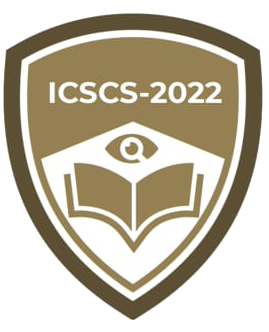Financial corruption represented in spending and economic growth rates (Evidence from Libya for the period from 1990 to 2020)
Main Article Content
Abstract
This study aimed to identify financial corruption represented in excessive spending and its relationship to levels of economic growth. The study used the descriptive analysis method by analyzing and describing the time series data under study. It is also supported by standard analysis using cointegration tests and the Granger causality test. The results showed that there is a relationship in the long and short terms and that the relationship is unidirectional, moving from output to spending, according to the Granger causality test. This result summarized the reality of the Libyan economy and was opposed to the basics of economic theories. The increase in spending exceeded the increase in output, which resulted in a deficit in resources and an increase in pressure on bank reserves.
